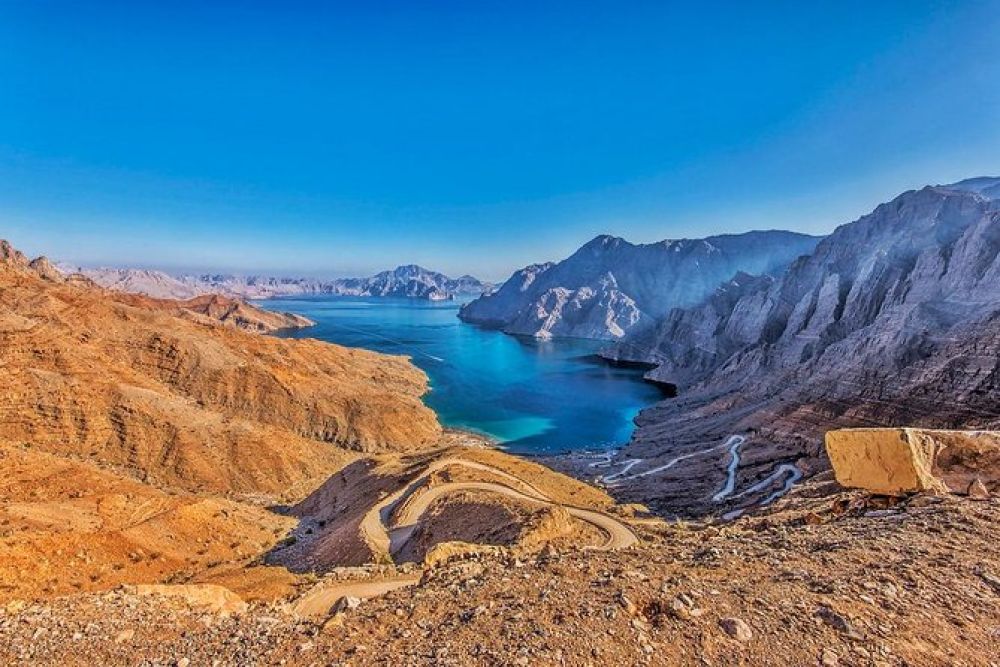

Nestled in the Musandam Peninsula of Oman, Jebel Harim stands as the highest peak in the region, with an altitude reaching up to 2,087 meters above sea level. Known as the "Mountain of Women," Jebel Harim boasts a rich blend of natural beauty, geological wonders, and cultural heritage, making it a fascinating destination for travelers seeking adventure and tranquility alike.
The history of tourism in Jebel Harim is interwoven with the broader development of tourism in Oman. Up until the 1970s, Oman remained largely closed off to outsiders, with limited infrastructure development. However, the ascension of Sultan Qaboos bin Said Al Said in 1970 ushered in a new era for the nation, marked by rapid modernization and a growing openness to international visitors.
The establishment of the Ministry of Tourism in the 1980s and subsequent strategic plans to promote Oman as a tourist destination contributed significantly to the growth in tourism. By highlighting its unique geographical landscapes, such as the rugged mountains of Jebel Harim, Oman attracted visitors interested in off-the-beaten-path experiences.
The turn of the millennium saw a greater emphasis on conservation and environmental protection across the country, framing destinations such as Jebel Harim as prime examples of responsible and sustainable tourism initiatives.
In recent years, Jebel Harim and the surrounding Khasab area have experienced an increase in popularity among tourists seeking natural escapades and cultural immersion. The latest trends in tourism here include:
The future of tourism in Jebel Harim looks promising as the government continues to prioritize the travel industry and sustainable development. Initiatives are underway to improve infrastructure while maintaining the ecological and cultural integrity of the region, ensuring Jebel Harim remains an unforgettable destination for years to come.